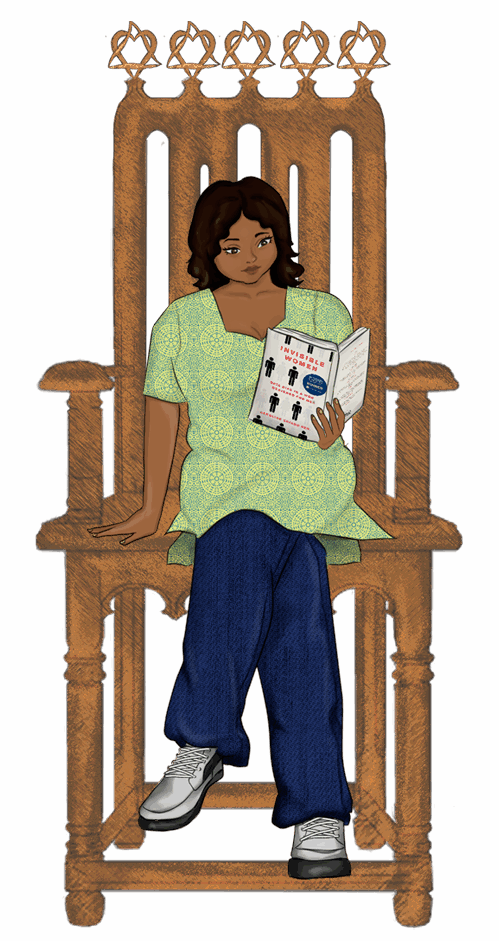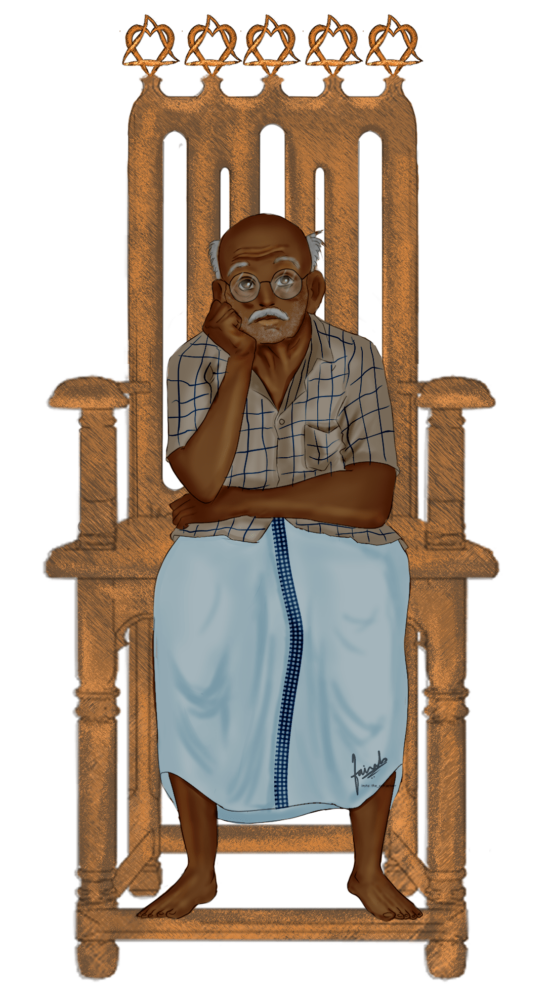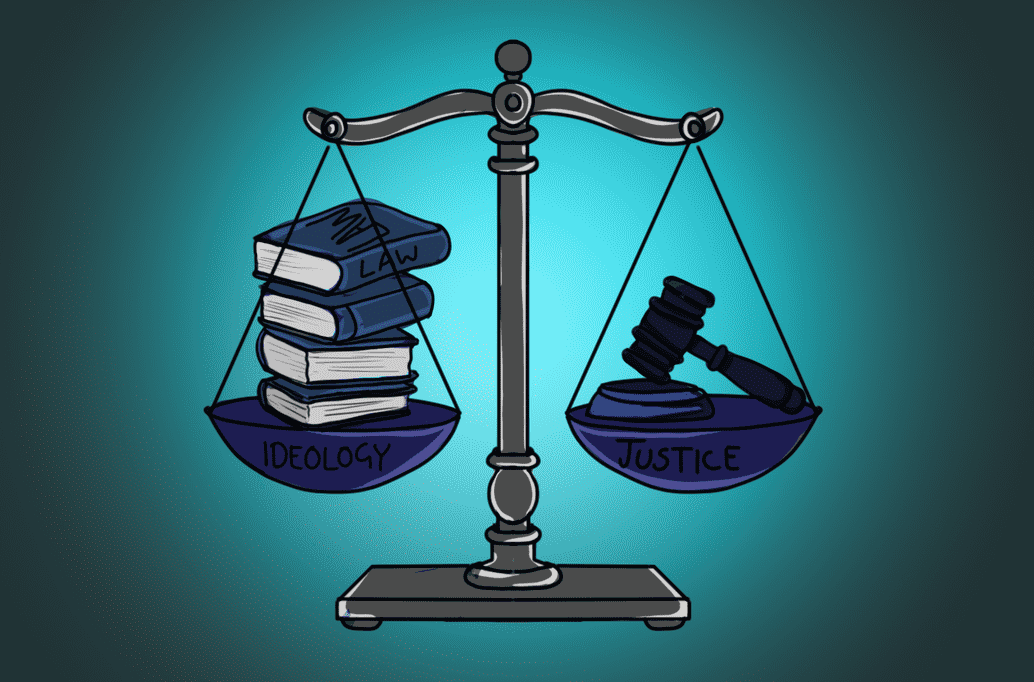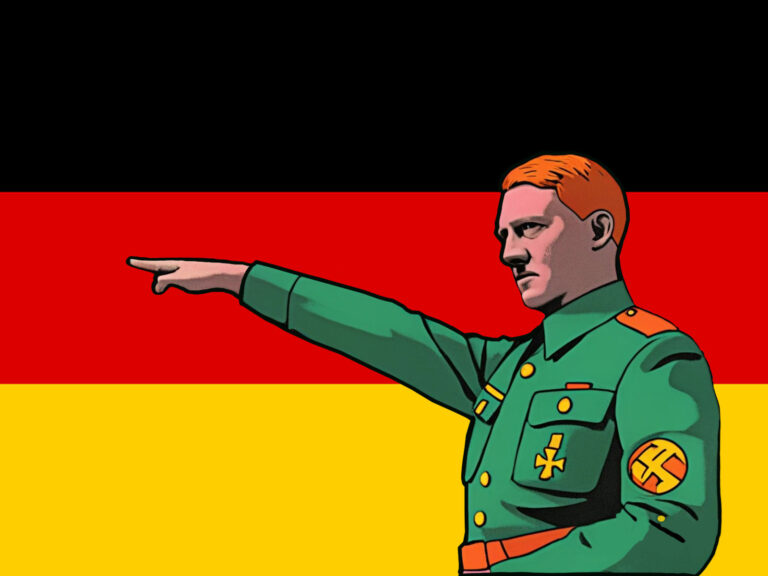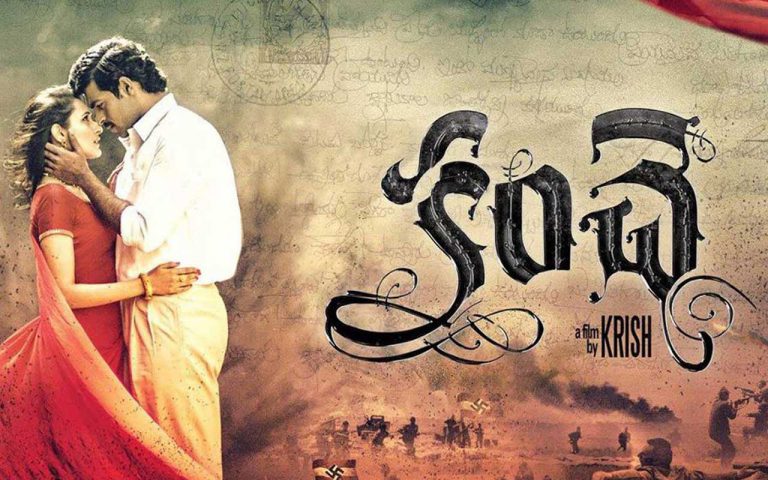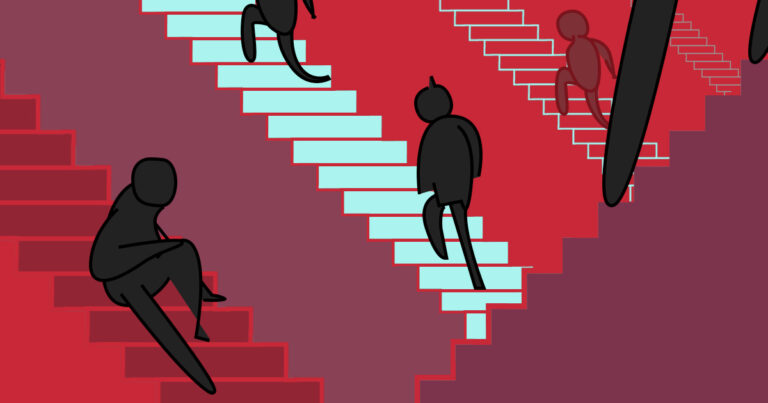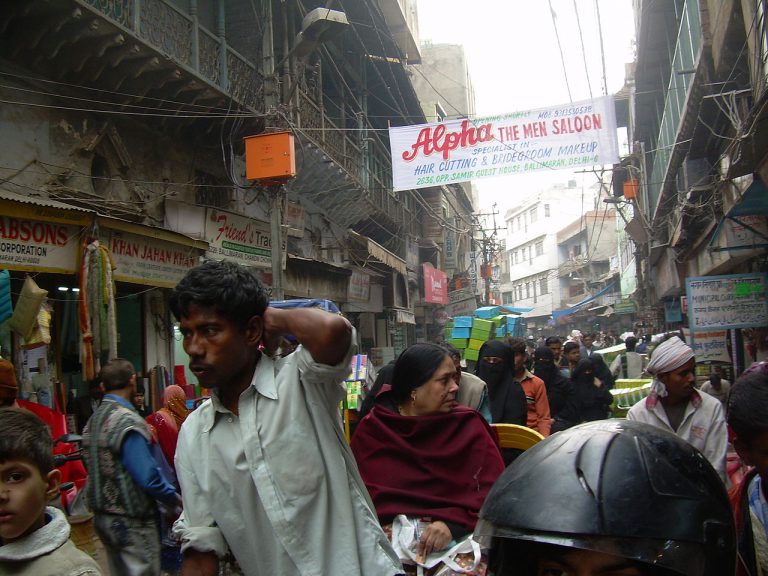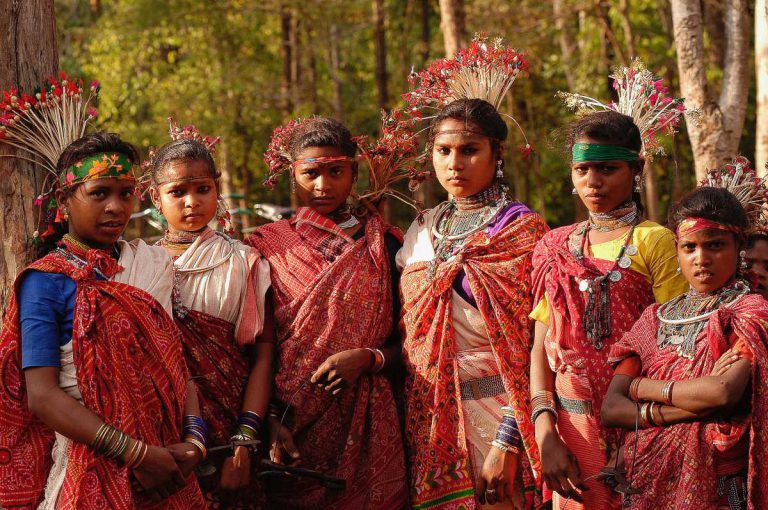The History of Caste Census (and its implications) in India
Nirupama Tiwari is a Political Science postgraduate with a deep interest in geopolitics and contemporary Indian politics. She is passionate about analysing how political shifts influence both domestic and international landscapes. Alongside her academic pursuits, Nirupama enjoys sharing thoughtful reviews on books and movies, merging her love for storytelling with a critical lens shaped by political insight.
Union Minister Ashwini Vaishnaw, shortly after the Cabinet meeting on Wednesday, 30th April, announced that the government will conduct a caste census, giving into a long-standing demand by various political parties. Considering the importance of this exercise, let us look into a brief history of census, its various trajectories and its implication in India.
Census and its history
The techniques used to gather information for research and analysis are called data collection methods. Data about any population can be gathered by two broad methods: survey and census. A census counts the entire population and its characteristics, such as age, sex, and occupation, within a country or other geographic area. It is a complete count of the population or a periodic collection of data for a particular region or country. It is conducted by the government, which collects data from every household to determine various categories. The goal of a census is to provide data for evaluation, planning, and decision-making. The census is a decennial process, meaning it is conducted every 10 years. Its purpose is to gather data on population, socio-economic characteristics, and demographic information. The previous census, held in 2011, was the 15th since 1872. The next census is expected to begin in 2025 and be completed by the end of 2026.
The history of the census in India began shortly after England started its own census in 1801, which was a total count of the population of England, Wales, and Scotland. The first non-synchronous census in India was conducted during the time of Governor-General Lord Mayo in 1872.
Since census is a method to collect data about population, and plays an important role in policy formations, it can be reasonably argued that census or some form of enumeration, in one way of other, has existed throughout human history.
In the context of India, evidence of surveys and censuses can be found in ancient and medieval times as well. The Rigveda, the oldest of the four Vedas, reveals that during the later Vedic Period (800–600 BCE), population counts were maintained. Kautilya, in his book Arthashastra, wrote about using population counts as a tool for the State to collect taxes between 321–296 BCE.
During the reign of Mughal King Akbar, Abu Fazl, in his Ain-e-Akbari (1595–96), documented a detailed count of industries, wealth, and population. W.C. Plowden, the Census Commissioner of India, took a significant step towards conducting a modern census on 17th February 1881. This was the first modern synchronous census of colonial India. Since then, a census has been conducted every 10 years.
The first census in 1881 included the feudatory states and British India, except for Kashmir, and covered demographic, economic, and social characteristics. The second census was conducted on 26th February 1891, and this time Kashmir, Sikkim, and Burma were included. The third census, conducted on 1st March 1901, included the demography, society, and economy of the Andaman and Nicobar Islands and Burma. The sixth census, conducted on 26th February 1931, was also the last nationwide caste census in India. In 1943, the Bhore Committee, led by Joseph William Bhore, was set up by the government to study health conditions in India and suggest reforms. The committee also recommended that ‘the Population Problem should be the subject of Central study.’
After India’s independence, the Census Act came into force in 1948, providing a legal framework for conducting the census. The seventh census of India, and the first census of independent India, was conducted in 1951 starting from 9th February. It collected particulars such as name, relationship, birthplace, sex, age, economic status, and principal and subsidiary means of livelihood for each individual. However, the entire region of Jammu and Kashmir was excluded, and data for this region was taken from past censuses.
What is Caste Census
A caste census is a population survey that helps the government understand the composition of castes in the country and assist those who are socially and economically underprivileged. The Socio-Economic and Caste Census (SECC) was first conducted in 1931 to identify indicators of deprivation. The collected data on the economic status of Indian families was used to assess the economic conditions of different caste groups. There has been no estimate for the population of Other Backward Classes (OBCs), as the census of India has published data only on Scheduled Castes (SCs) and Scheduled Tribes (STs).
The caste system in India is a rigid hierarchical structure and is among the world’s oldest surviving forms of social stratification. It has been accepted by Hindus for over 3,000 years and is based on the concepts of karma (work) and dharma (duty). Caste remains a significant social determinant in India, affecting representation and access to opportunities. The Constitution of India prohibits discrimination on the basis of caste under Article 15. Article 17 abolishes untouchability, which was a form of caste-based discrimination. Since 1950, Indian authorities have provided quotas in government jobs, educational institutions, and other areas for Scheduled Castes and Scheduled Tribes as an attempt to correct historical injustices. It is important to have caste-based data to understand social stratification and to ensure the effective implementation of employment and education opportunities. Such data is also necessary to prevent misclassification and to ensure equitable distribution of resources. Caste-based data helps in targeting development programs for specific groups based on their socio-economic status and needs. Since all existing caste-based data is based on the last caste census conducted in 1931, any such information remains outdated. Although the 2011 census collected caste data, it was never made public. This is why the upcoming census is particularly important.
Reservation system in India
To correct the historical injustices and disadvantages in Indian society and to ensure equal representation for people belonging to all castes, the reservation system was introduced. Reservation means reserving access to seats in government jobs, educational institutions, and even the legislature. It is provided to Scheduled Castes (SC), Scheduled Tribes (ST), and Other Backward Classes (OBC). Educational institutions have a reservation quota of 49.5% for these groups, although this percentage varies by state. SCs are given a 15% quota in jobs and higher educational institutions, STs have a 7.5% quota, and OBCs have a 27% quota. The Constitution also provides for reservation of posts in favour of any backward class if they are not adequately represented in the services under the State.
In 2019, the Central Government, headed by Prime Minister Narendra Modi, also introduced a 10% reservation for Economically Weaker Sections (EWS) for General Category in educational institutions and government jobs through the 103rd Constitutional Amendment Act.
A 33% reservation for women is also expected to be in force after the next census.
First Backward Classes Commission
Although not as marginalized as SCs and STs, the Other Backward Classes initially did not have any reservation benefits. To address this, the First Backward Classes Commission was set up in 1953 under the chairmanship of Kaka Kalelkar, and it is therefore also known as the Kalelkar Commission. The Commission submitted its report in 1955, identifying 2,399 backward groups in India, of which 837 were classified as most backward. However, the recommendations were rejected, as the government at that time aimed to create a casteless society.
Mandal Commission
The next decisive step for Backward Classes came on 1st January 1979, with the establishment of the Socially and Educationally Backward Classes Commission (SEBC) was by the then Prime Minister Morarji Desai. It was headed by B.P. Mandal, a Member of Parliament, and thus came to be known as the Mandal Commission. The Commission submitted its report to President N. Sanjeeva Reddy on 31st December 1980. Its main directive was to identify socially and educationally backward classes and address their social and economic inequalities. The report stated that OBCs comprised 52% of India’s population and recommended that reservation in government services should reflect this percentage. In 1990, then Prime Minister V.P. Singh announced the implementation of the Mandal Commission’s recommendations, which led to widespread protests in northern India, including instances of students setting themselves on fire. Since some southern states already had close to 50% reservations, protests there were mild.
In 1992, the Supreme Court upheld the 27% reservation for OBCs but ruled that the ‘creamy layer’ among them should be excluded from reservation benefits. In 1993, then Prime Minister P.V. Narasimha Rao implemented these reservations. In 1991, a petition known as Indira Sawhney vs. Union of India, commonly referred to as the Mandal Case, was filed by Indira Sawhney and other petitioners, challenging aspects of reservation in government jobs. The Supreme Court, through a nine-judge bench, delivered a landmark verdict upholding the OBC reservation with the condition to exclude the creamy layer. Following this, Parliament passed the National Commission for Backward Classes Act in 1993, establishing a statutory body. The Commission was granted constitutional status through the 102nd Constitutional Amendment Act in 2018.
Caste survey in Bihar
Amid rising demands for caste census by various political parties, the State Government of Bihar took the first step towards caste census. Article 340 empowers the President to appoint a commission to investigate the conditions of backward classes. Using the powers under this Article, the Rohini commission was constituted in October 2017. The Commission, consisting of five members and headed by retired Chief Justice of the Delhi High Court G. Rohini, was tasked with studying the distribution of benefits among the castes included in the OBC category. The commission undertook caste survey in Bihar and released the findings of the Bihar Caste Survey 2023 on October 2, 2023. It revealed that Other Backward Classes (OBCs) and Extremely Backward Classes (EBCs) together constitute 63% of Bihar’s total population. According to the survey, the EBCs make up 36.01% of the total population, while the OBCs account for around 27.12%. The survey was conducted to support the demand for increasing the OBC quota beyond the existing 27%. The Rohini Commission has also been studying the sub-categorization of OBCs.
Following the report of the commission, the Bihar Assembly passed amendments to the Bihar reservation in vacancies in posts and services (for scheduled castes, scheduled tribes, and other backward classes) act and the Bihar (In educational institutions) Reservation Act on 9th November, 2023. Under the amended Acts, there will be a total of 65% reservation, including 20% for Scheduled Castes, 2% for Scheduled Tribes, 18% for Backward Classes, and 25% for Extremely Backward Classes.
Modi government approves caste census
Despite early reluctance and dilly dallying on the matter, the Union Government in a surprising step announced its decision to conduct caste census in 30thApril 2025. Union Minister Ashwini Vaishnaw, while announcing about caste census clarified that the Census is a Union subject and, therefore, surveys conducted by individual states will not be part of it. In a Union briefing, Ashwini Vaishnaw stated, “Under Prime Minister Narendra Modi’s leadership, the Cabinet Committee on Political Affairs has decided, on 30th April 2025, that caste enumeration will be part of the upcoming Census. This decision reflects the government’s commitment to upholding societal values and interests. It contrasts with past instances, such as the introduction of a 10% reservation for economically weaker sections, which was implemented without causing societal division.”
The decision to include caste in the upcoming Census was welcomed by parties across the political spectrum. Andhra Pradesh Chief Minister and NDA ally N. Chandrababu Naidu stated on X that the decision reflects Hon’ble PM Shri Narendra Modi Ji’s deep commitment to inclusive governance. He added that this landmark step will enable more precise, data-driven policies to address the needs of marginalized communities, further advancing the principle of Sabka Saath, Sabka Vikas. Similarly, Sanjay Jha, the working president of the JDU, remarked that under the leadership of CM Nitish Kumar, Bihar conducted its first caste survey, and now the historic decision of the NDA government to conduct an accurate caste census across the country has brought new hope for deprived sections.
Identity politics and caste
Identity politics refers to the collection of social movements and intellectual developments that focus on achieving greater social equality for marginalized groups who are excluded from essential benefits or basic rights because of the minority groups to which they belong. It addresses social movements and trends among individuals who share racial, social, ethnic, religious, or cultural identities. It arises from discrimination based on factors such as race, caste, class, and sex. Therefore, individuals who share such common traits often come together to resist forces that have marginalized them or failed to represent their interests. At times, through the creation and maintenance of state structures, the State itself is seen as an active contributor to identity politics by formally recognizing people in terms of certain identities.
The Indian subcontinent, with its large population and diverse social fabric – including multiple languages, religions, castes, and ethnicities – has been a fertile ground for identity politics. In India, marginalized groups often unite to assert their rights and representation. Caste, in particular, remains a hierarchical system where an individual’s birth determines their social status. Thus, despite various legal and constitutional safeguards, caste continues to shape Indian society today. The roots of caste-based identity politics can be traced back to Ambedkar’s efforts to secure state support for oppressed caste groups through protective discrimination, granting certain privileges to the underprivileged. Caste-based identity has since been reinforced by the rise of caste-based political parties and associations, which have led to increasingly confrontational politics and have significantly influenced electoral outcomes and policy-making. However, there are many arguments that a caste census could reinforce the caste system, which is already deeply rooted in Indian society, and further widen social divisions. Political parties may also use caste-based data for their own gain, potentially creating problems within society.
In conclusion we can say that despite of all pros and cons regarding political implications of caste census, its significance lies in the fact that in a society deeply divided by caste-based discrimination and oppression, an accurate caste census data would enable policy makers to better address the social and economic inequalities among the various caste groups. It will also allow the government to better target social welfare programs, ensuring the benefits reach those who are most in need. Therefore, more equitable resource allocation to those in need by caste census data.
Bibliography
- Bihar, G. o. (2023). Government of Bihar. (2023). Caste-based survey report 2023. Department of Economics and Statistics.
- India, G. o. (1953). Kalelkar Commission (1953–1955).
- India, G. o. (1980). Mandal Commission (1979–1980).
- India, G. o. (2011). Census of India 2011: Provisional population totals.
- India, G. o. (2011). Socio-Economic and Caste Census 2011.
- India, G. o. (2019). Standing Committee on Statistics (2019–2023).
